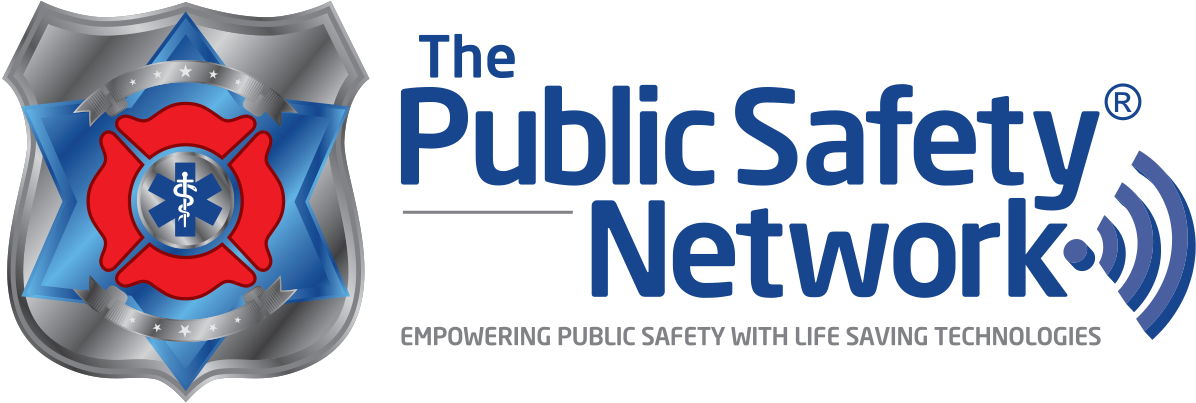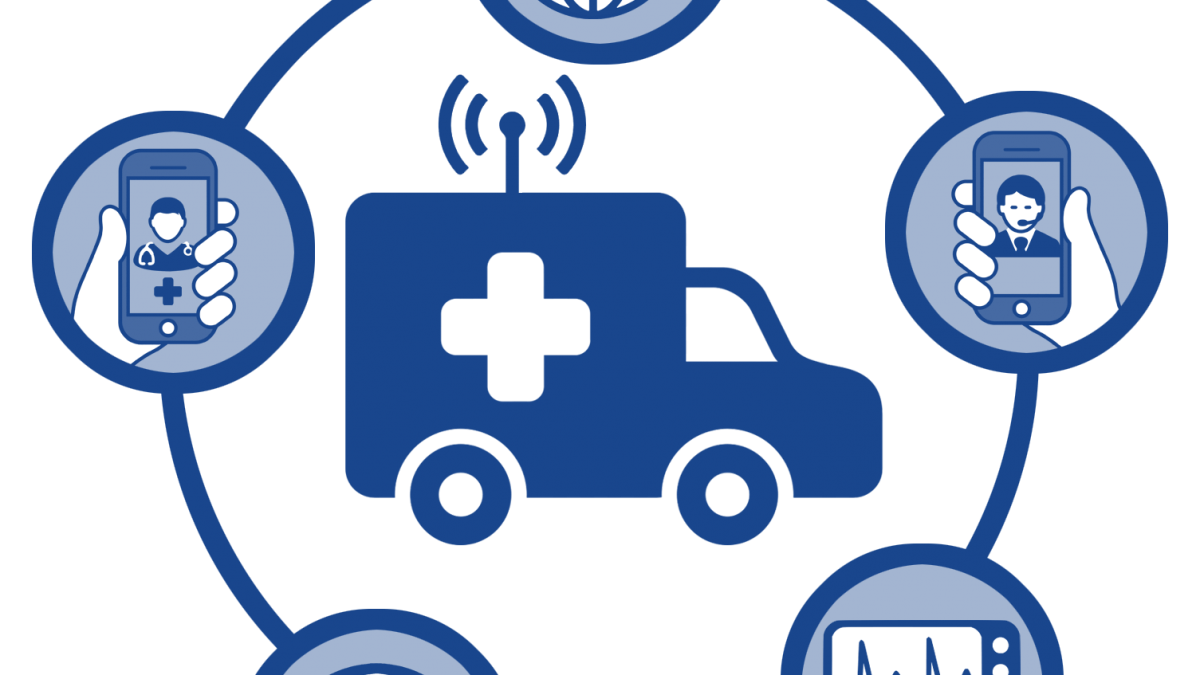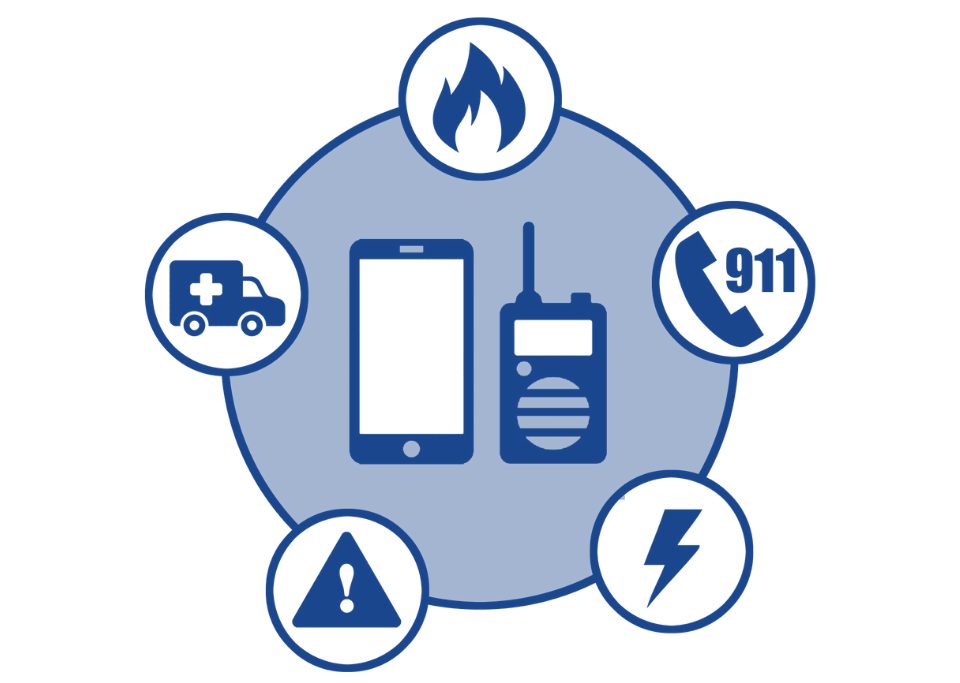
Data Communications Where and When You Need It: Advancements in Range Extension for Public Safety Operations
May 14, 2021
Improving Patient Care with EMS Focused Technology Solutions: Part 2
July 22, 2021Improving Patient Care with EMS Focused Technology Solutions
Part 1
The goal of emergency medical services is to get patients the care they need as quickly and safely as possible. This could be care provided at the basic level (i.e., bandaging wounds), advanced care (i.e., administering medications to a heart attack patient), or stabilization efforts for patient transport to the emergency room (i.e., traumatic vehicle crash). For decades, EMS operations have been in place to meet this goal.
In this series of blog posts, we are going to look at several stages of a 911 call requiring an EMS response and transport, as well as treatment in place and non-911 EMS response operations. We will review the legacy operations that have met EMS goals for decades and explore recent technology advances focused on EMS communications capabilities that have improved operational efficiencies for EMS providers, resulting in better patient care. For example, first responders can get to the scene faster with better situational awareness from real-time access to data and information and receiving hospital physicians can communicate with incoming ambulance crews to be better prepared for patient arrival.
Here is the first stage of a 911 call requiring an EMS response:
911 Call into Dispatch Center: The legacy operational model for a 911 call into a dispatch center is a 911 call directed into the local public safety answering point (PSAP) from a landline or cell phone, with a call taker receiving the incident information from the caller.
Several recent technology advances across public safety have improved the 911 systems in the US. As a result, 911 calls requiring an EMS response generate more information about the caller and other potential data sources such as vehicle information, location, and/or medical history. In addition to this enhanced information that provides better information to EMS crews before arriving on scene, below are some enabling technologies and trends that are improving operational efficiencies for EMS:
- Text to 911 for when voice calls cannot be made. Some PSAPs have already adopted this technology today.
- Transition to cloud-based call taking and dispatch services like RapidDeploy. PSAPs are starting to embrace cloud-based or hybrid-cloud offerings, and this solution gained traction during the pandemic with call takers working remotely from home, but the transition needs to go much faster.
- Next generation (NG911) also allows the public to send digital data such as photos and videos to 911 call centers, also known as PSAPs or Emergency Communications Centers (ECCs).
- PSAPs and ECCs can receive data from other transmitting devices such as wearable medical devices, consumer vehicle computers, gunshot detection systems and building alarms by accessing additional data repositories from companies like RapidSOS.
In Part 2, we are going to explore new technology solutions that are being deployed to help with EMS response as crews are dispatched to the scene. Until next time…




